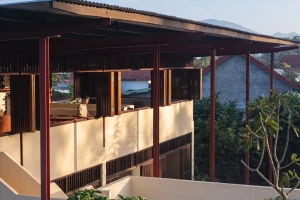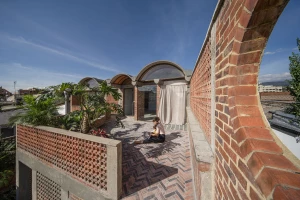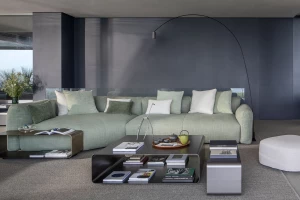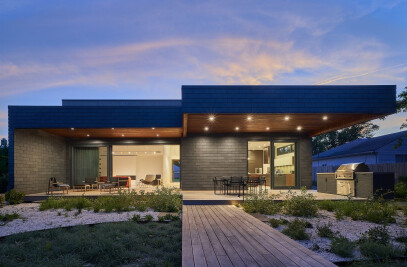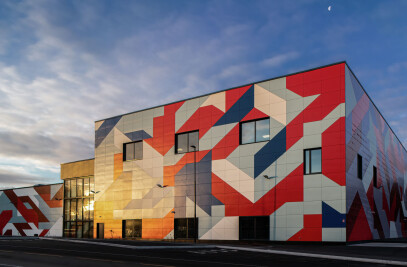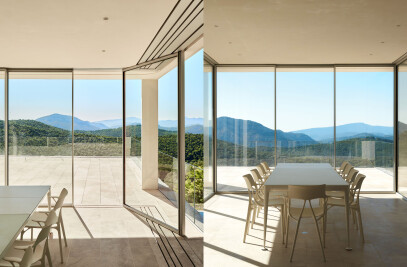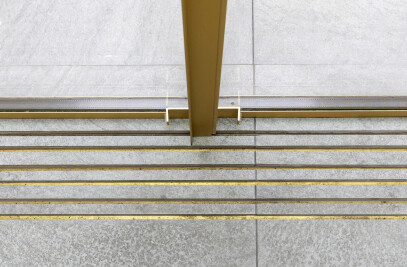Dusseldorf-based Ingenhoven Associates has completed a medical health complex for the Austria-based resort company Lanserhof. The project is located within the rolling dunes of Sylt, an island forming part of an archipelago in the North Sea at the Germany-Denmark border. In keeping with the island’s grassy landscape, as well as with much of the island’s regional architecture, Ingenhoven Associates has designed a sinuous building topped by an expansive thatched roof made of reed.
The complex is built on a site once used by the German military. It integrates a listed building that was formerly an officers’ home with a new main building, three beach houses and a diagnostics building. The Lanserhof Sylt program includes a ground floor with a medical spa, clinic, treatment, reception and restaurant, two upper levels housing 55 guest rooms, and a basement level with fitness facilities that include a climbing wall, spa, bathing area, and indoor and outdoor salt water pools. In total the building houses 16,300 square meters of programmed space. It is topped by an overhanging roof of 7,100 square meters, a measure large enough to claim the superlative of becoming Europe’s largest thatched roof.
The architects describe the project as being focused on carefully selected materials, spacious rooms, a close relationship between man and nature, and a clear interplay between interior and exterior. Materials of beiges, whites, and grays are combined with wooden floors, large windows and transparent glass, to create direct visual and physical links with the landscape.
Energy demands are reduced by the design through the specification of high thermal insulation as well as compact programming with a ratio of 3.42 volume-to-surface area. The materials used, such as insulation, varnishes and paints, are ecologically and health tested. The thatched roof, oak facade and oak flooring were selected for being natural materials with the ability to be regrown. And in the attempt to minimize disturbance to the natural habitat, 28 cubic meters of local plantings were extracted, stored and replanted after construction.

The main building rests on supports so that the ground floor is completely glazed for direct links on all sides between the house and dunes. On the interior, a staircase constructed of steel and oak forms the center of gravity about which the complex is organized and which connects each of the building levels.
The flowing roof has an organic and non-uniform shape. Its substructure in glued laminated timber uses some 2000 wood elements including 1400 rafters, each with unique dimensions. Terraces cut into the roof at the guest rooms, shielding against strong winds, providing privacy for visitors, and opening up views to the sea and dunescape.































